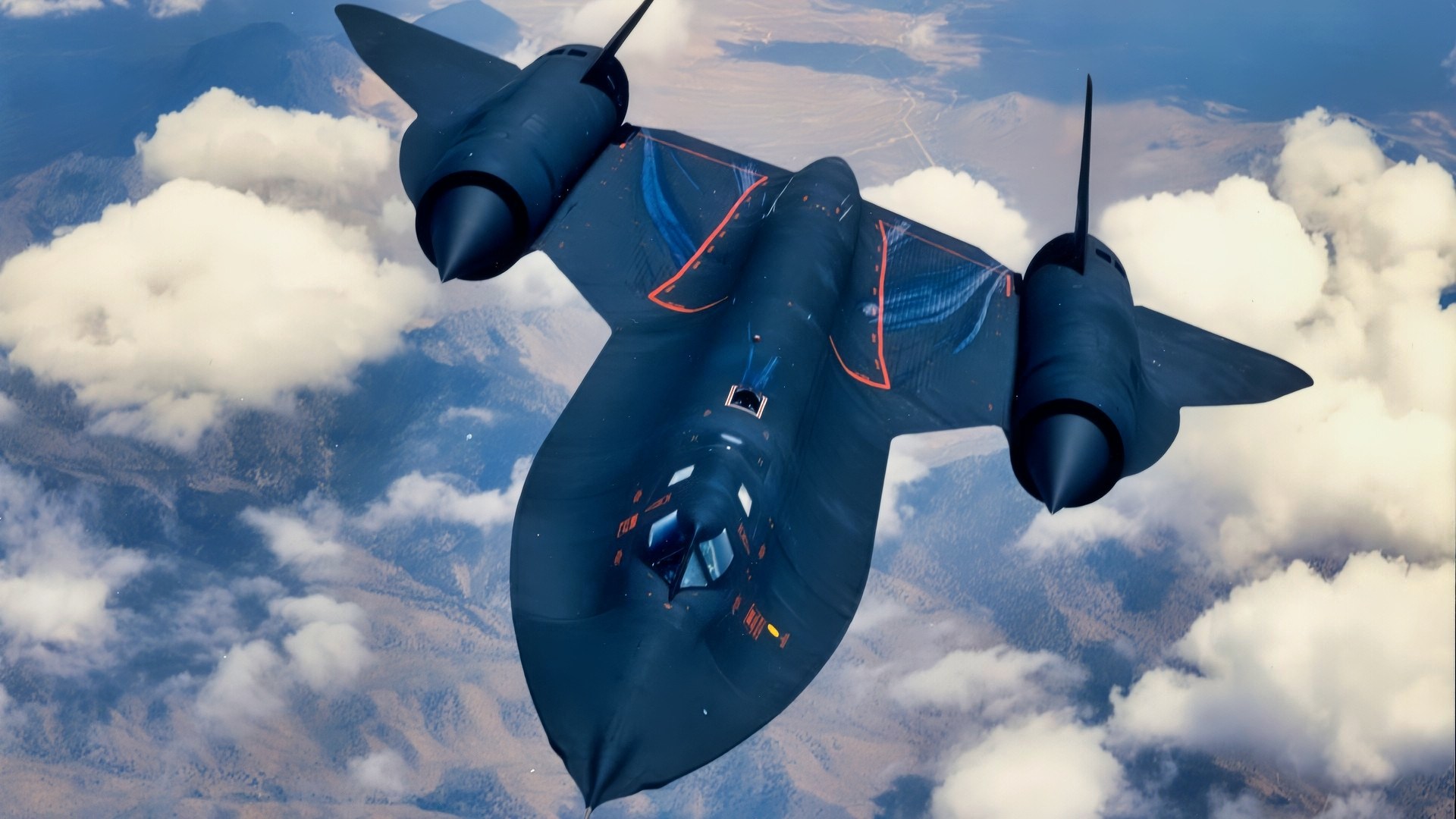Key Point and Summary – Born from the need to replace the vulnerable U-2 spy plane, the SR-71 Blackbird was an engineering marvel of the Cold War. We have spent a considerable amount of time with the SR-71 over several visits and have included many original photos to provide the reader with a more detailed perspective.
-Developed by Lockheed’s Skunk Works to fly higher and faster than any threat, it was built from titanium to withstand the extreme heat of Mach 3+ flight and powered by unique hybrid jet/ramjet engines.
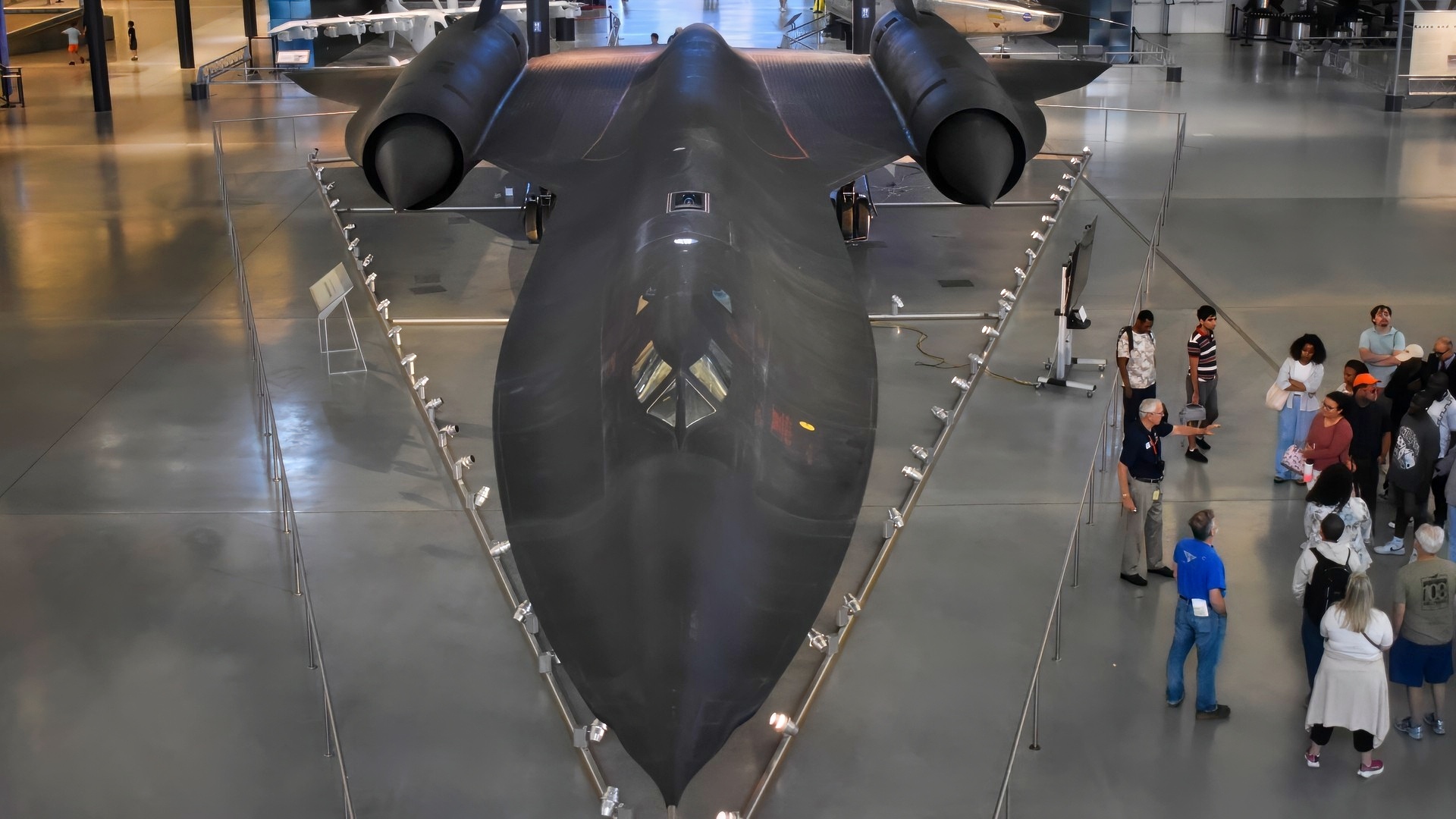
SR-71 Photo Taken September 26, 2025. Image Credit: National Security Journal.
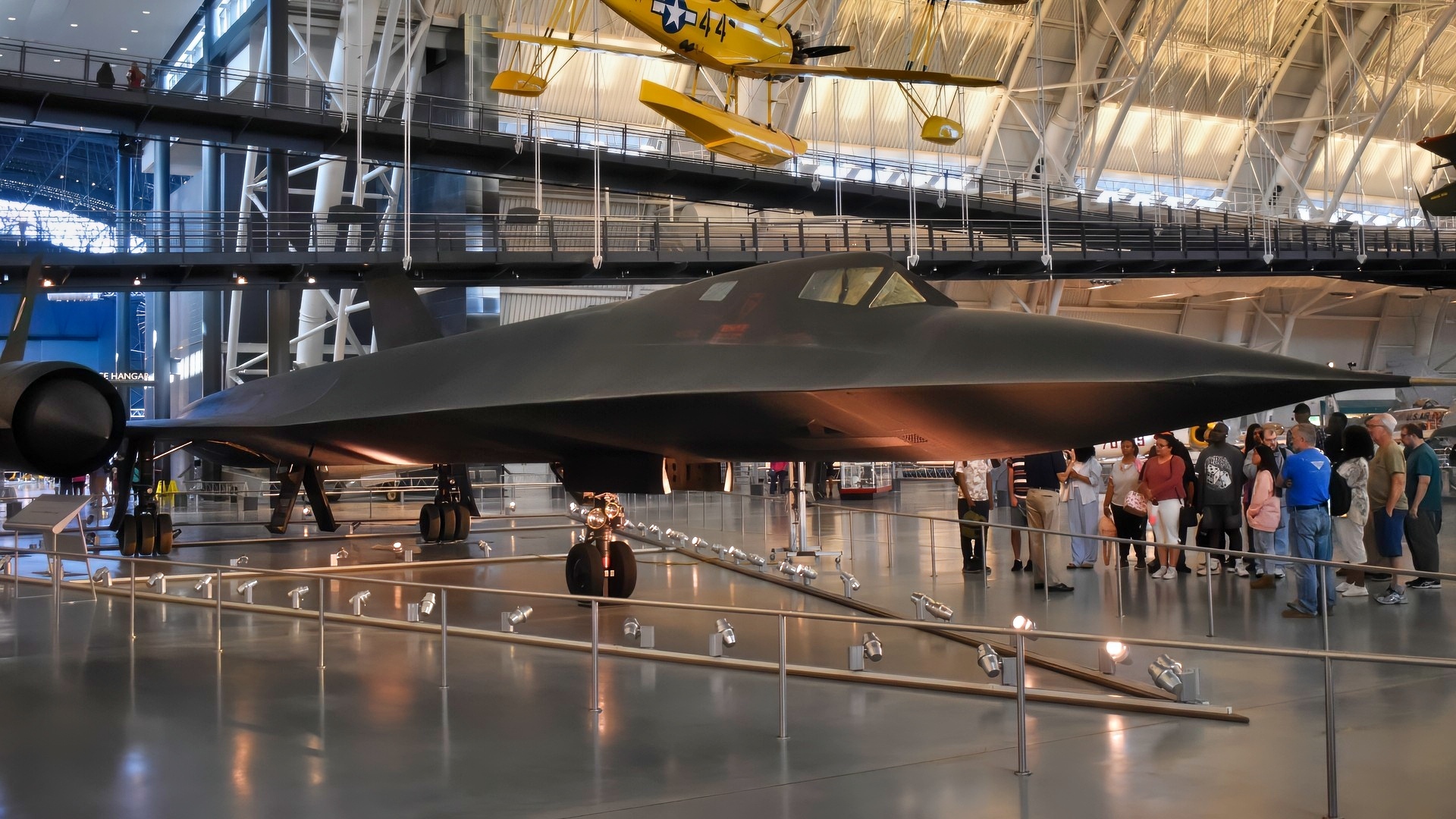
SR-71 Blackbird NSJ Photo. Image Credit: Dr. Brent J. Eastwood.
-The SR-71 flew reconnaissance missions globally, gathering critical intelligence.
-Its greatest legacy is its perfect combat record: despite thousands of missiles being fired at it, its sheer speed and altitude made it untouchable. No SR-71 was ever shot down by enemy fire.
The Secret History of the SR-71 Blackbird
The SR-71 Blackbird is a Cold War icon. Designed during the 1950s, this spy craft was capable of reaching top speeds of Mach 3 or higher.
Its sleek design helped to reduce its radar cross-section, making it more difficult to detect and intercept.
As surface-to-air missile technology grew more sophisticated, the Blackbird was chosen as the replacement for the U-2 spy plane, which could no longer safely traverse the USSR.
The development of the SR-71 was carried out in utmost secrecy and accomplished several engineering feats that broke new ground in supersonic flight.
The U.S. Needs a New Spy Plane
In the late 1950s, the United States relied heavily on the U-2 reconnaissance aircraft to gather intelligence over hostile territories.
The U-2 could fly at altitudes above 70,000 feet, which was initially thought to be beyond the reach of Soviet air defenses.
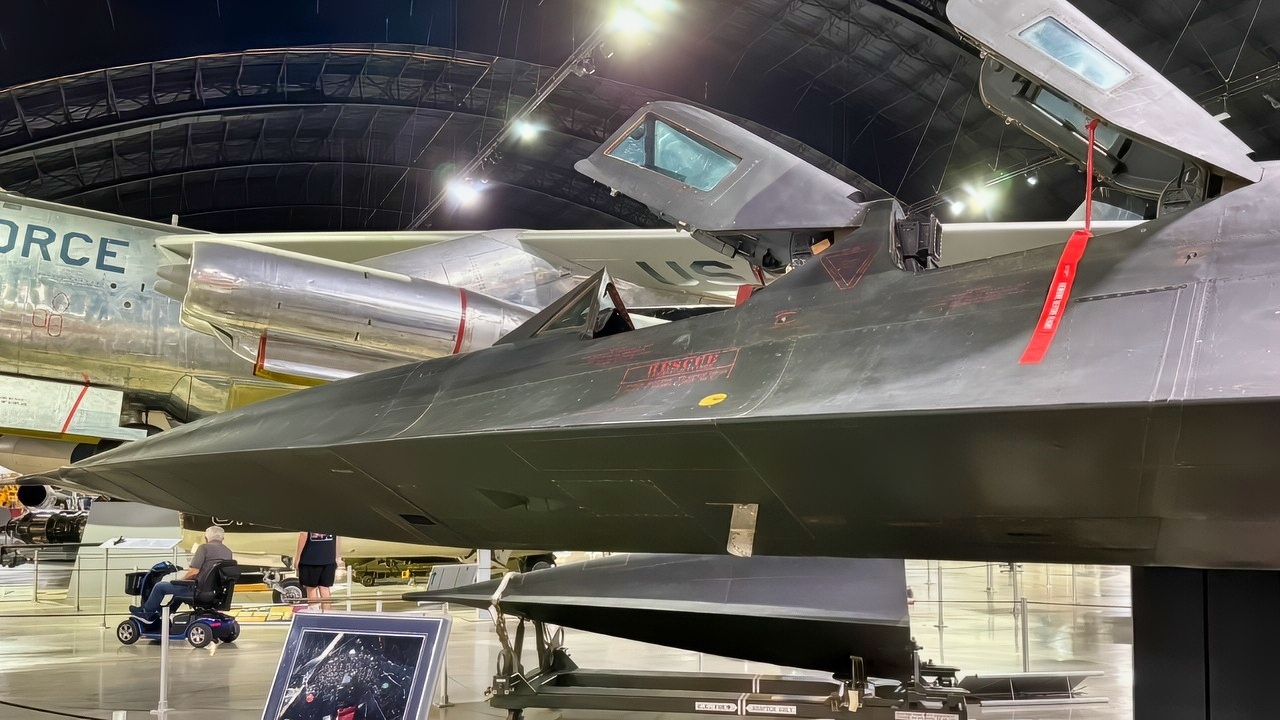
SR-71 Blackbird at USAF Museum July 2025. Image Credit: National Security Journal.
However, this assumption was shattered in 1960 when a U-2 piloted by Francis Gary Powers was shot down over Soviet airspace.
An S-75 Dvina surface-to-air missile hit the aircraft. The incident was a diplomatic disaster and exposed the vulnerability of high-altitude reconnaissance aircraft to surface-to-air missiles.
It became clear that the U.S. needed a new kind of spy plane, one that could not only fly higher but also faster and ideally be harder to detect.
This need led to the birth of Project Archangel, a top-secret initiative led by Lockheed’s Skunk Works division under the legendary engineer Clarence “Kelly” Johnson.
The goal was to design an aircraft capable of flying at speeds exceeding Mach 3 and altitudes exceeding 80,000 feet, while incorporating stealth features to minimize its radar cross-section.
The result of this project was the A-12, a sleek, titanium-clad aircraft developed for the CIA. The A-12 first flew in 1962 and was operational by 1965.
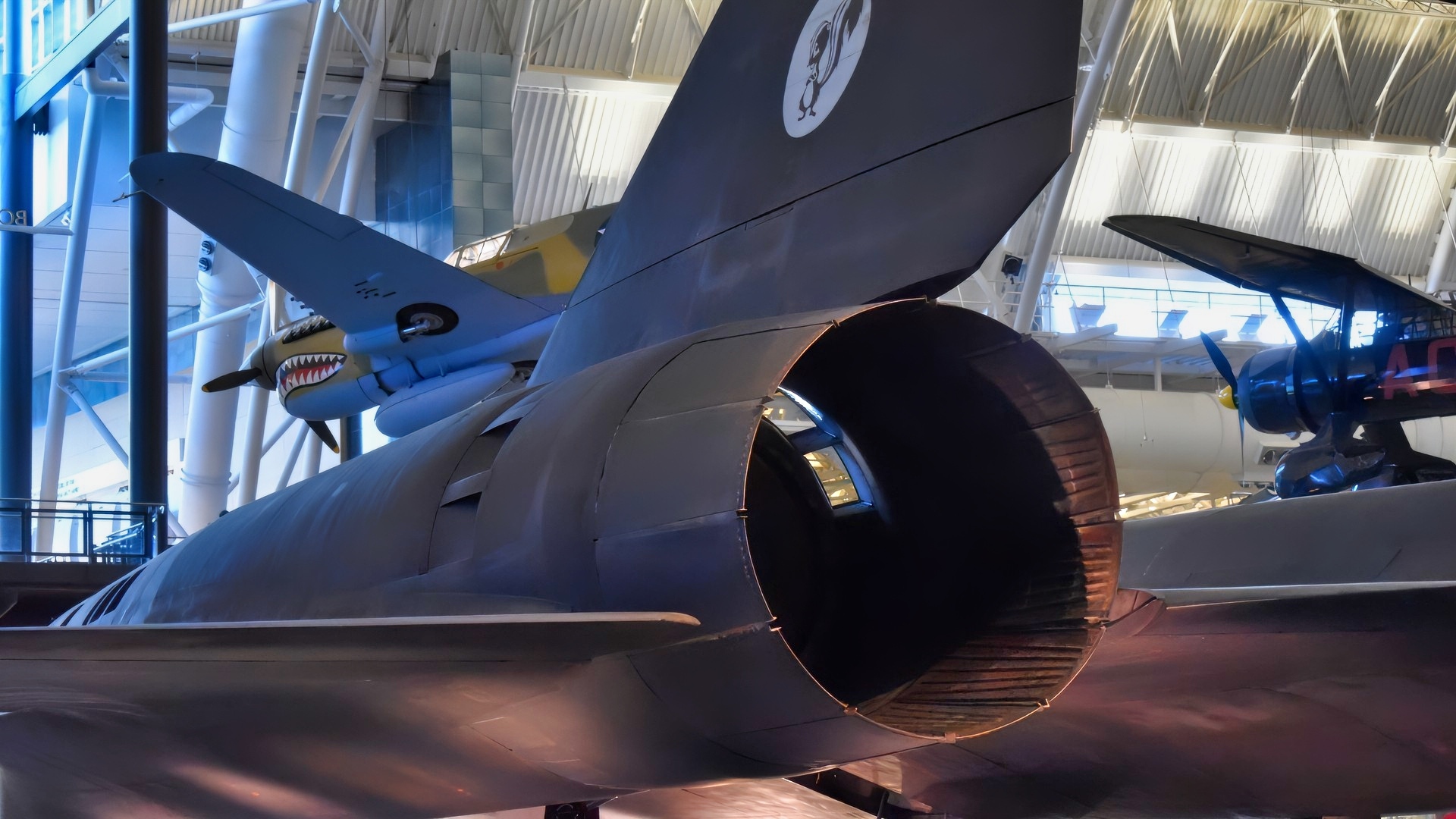
SR-71 Blackbird Rear Image. Credit: Taken on September 26, 2025 by National Security Journal.
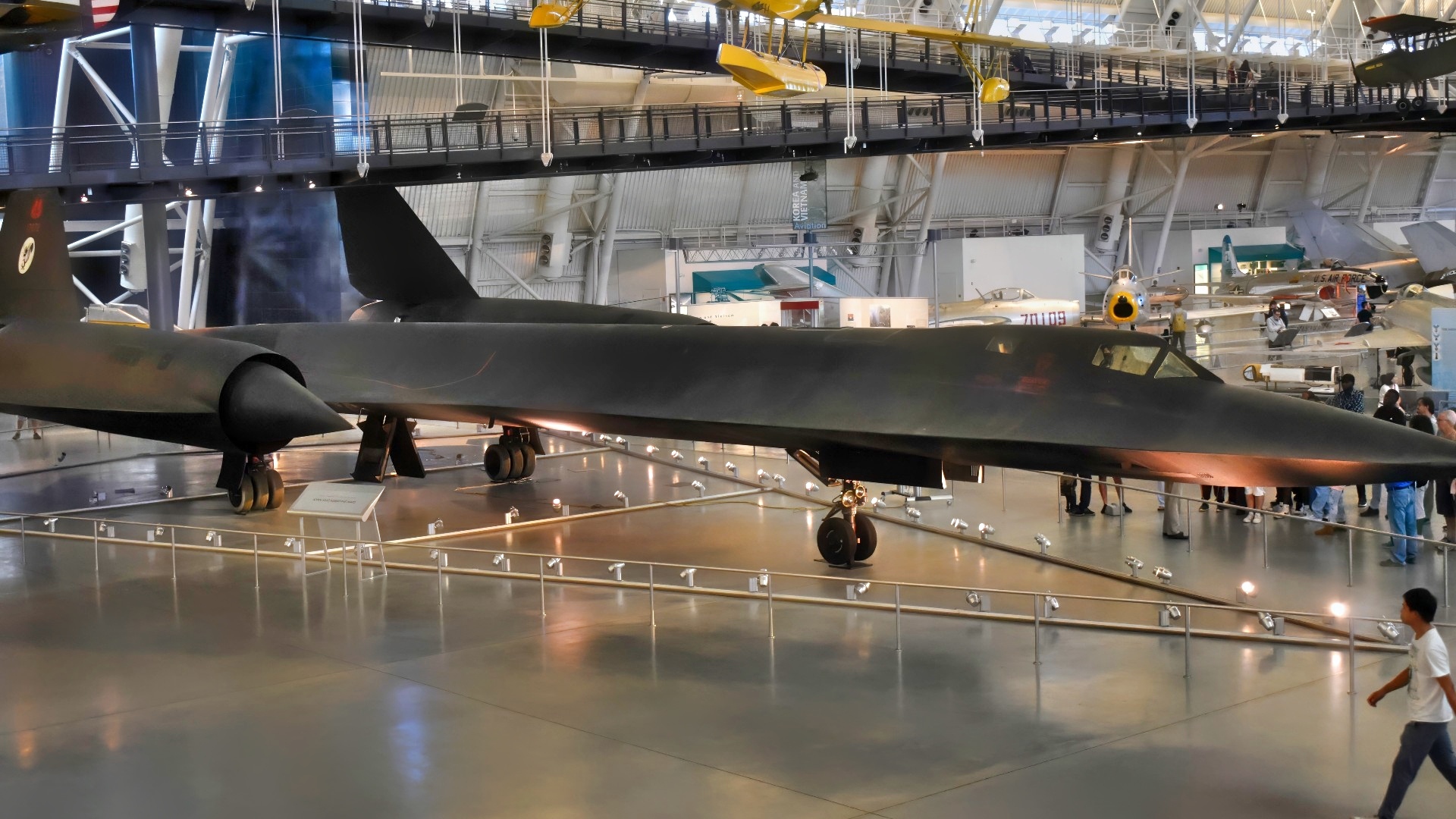
SR-71 Blackbird Smithsonian. Image Credit: National Security Journal.
It was faster and stealthier than the U-2, but it had limitations, including a single-seat configuration and a relatively narrow mission profile.
A-12 Becomes SR-71
While the A-12 was a CIA asset, the U.S. Air Force saw the potential for a more versatile reconnaissance platform. They wanted an aircraft that could carry more sensors, operate with a two-person crew, and perform a broader range of missions.
This led to the development of the SR-71 Blackbird, which was essentially an evolution of the A-12 with enhanced capabilities. The SR-71 was longer, heavier, and more sophisticated, featuring improved sensors, electronic countermeasures, and a redesigned fuselage to accommodate additional fuel and equipment. It first flew on December 22, 1964, and entered service in 1966.
Building the SR-71 was a monumental engineering challenge. Flying at Mach 3+ generates extreme heat due to air friction, making conventional materials like aluminum unsuitable.
The aircraft was constructed primarily from titanium alloy, which could withstand temperatures exceeding 600°F during flight. Working with titanium was difficult—it required new manufacturing techniques, and ironically, much of the raw material had to be sourced from the Soviet Union through third-party suppliers.
The Amazing Engineering of the SR-71 Blackbird
The Blackbird’s engines were cutting-edge for their time.
The Pratt & Whitney J58 engines operated as a hybrid between turbojet and ramjet, allowing the aircraft to cruise efficiently at high speeds. At lower speeds, they functioned like conventional jet engines.
Still, as the aircraft accelerated, the engines transitioned to a ramjet-like mode, using the aircraft’s forward motion to compress incoming air.
This design enabled sustained flight at Mach 3.2, with the aircraft’s inlet spike cones adjusting position to regulate airflow and prevent compressor stalls.
Fuel and lubrication posed additional challenges. The SR-71 used a special fuel called JP-7, which had a high flash point to prevent ignition from the heat of the aircraft’s skin. JP-7 was so stable that it could be used as a coolant before being burned.

YF-12A. A similar plane to the A-12 Oxcart and SR-71. Credit: NSJ.
Even the hydraulic fluid and lubricants had to be specially formulated to operate under extreme conditions.
Stealth was another key consideration. Although the SR-71 was not invisible to radar, it incorporated several features to reduce its detectability.
Its angular design, radar-absorbing paint, and minimized radar cross-section helped it evade detection. Moreover, the aircraft was equipped with sophisticated electronic countermeasures that could jam enemy radar and confuse missile guidance systems.
The Mission for the SR-71 Blackbird: Outrun Trouble
Once operational, the SR-71 was deployed worldwide. It flew missions over Vietnam, North Korea, the Middle East, and the Soviet Union, gathering critical intelligence on troop movements, missile installations, and other strategic targets.
The aircraft was primarily based at Beale Air Force Base in California, with forward operating locations including Kadena Air Base in Okinawa. Despite being targeted by thousands of missiles during its career, no SR-71 was ever shot down.
Its speed and altitude made it virtually untouchable, and pilots often joked that the aircraft could “outrun trouble.”
The SR-71’s reconnaissance capabilities were unmatched. Its cameras could capture vast areas of terrain in incredible detail, and its sensors could intercept communications and radar signals.
It played a vital role in strategic intelligence, arms treaty verification, and battle damage assessment. The aircraft could fly from coast to coast in under two hours, and it set numerous speed and altitude records that still stand today.
Retirement
As incredible as the aircraft was, it was eventually retired in 1999. Part of the reason for this was the shifting technological landscape. In the late 1990s, reconnaissance and surveillance were primarily conducted by satellites.
This was a much safer alternative than the Blackbird, which was always at risk whenever it flew into enemy territory.
As Soviet air defenses grew more layered and more sophisticated, and especially with the development of the MiG-31 Foxhound, the SR-71’s trips into the USSR became more and more perilous.
In 1999, following the end of the Cold War, the Blackbird was finally retired. It quickly gained a cult following for its speed records and its innovations in aerospace technology.
Satellites, UAVs, and other reconnaissance platforms have taken up its role.
About the Author: Isaac Seitz
Isaac Seitz, a Defense Columnist, graduated from Patrick Henry College’s Strategic Intelligence and National Security program. He has also studied Russian at Middlebury Language Schools and has worked as an intelligence Analyst in the private sector.
More Military
Army MV-75 Has a “Digital Backbone” to Stand Up to China in the Pacific
The F-35 Stealth Fighter Great Leap Forward Has Arrived
New Challenger 3 NATO Tank Is Built for Just 1 Mission It Can’t Fulfill
Sunk 10,000 Feet Down: A U.S. Navy Nuclear Submarine Was Lost, And No One Knows Why


